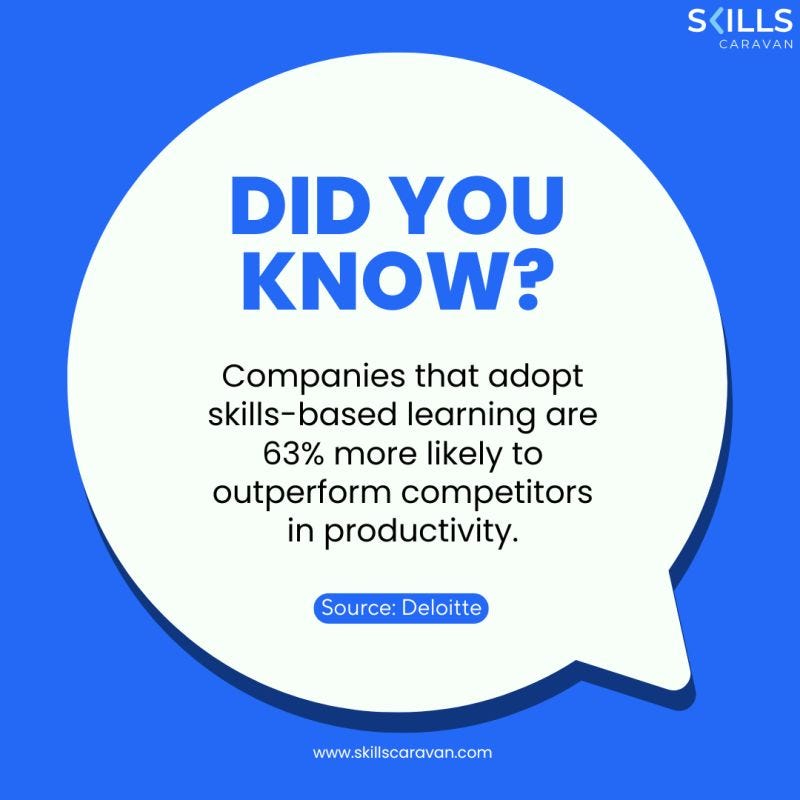How to Cut eLearning Costs and Maximize Training ROI in 2025
In an age where digital learning is central to workforce development, organizations are increasingly investing in eLearning platforms. But as budgets tighten and ROI becomes a top priority, businesses must take a closer look at how to cut eLearning costs and maximize training ROI. In 2025, this balance is not only desirable — it’s essential.
This guide walks you through proven strategies to reduce eLearning expenses while boosting the effectiveness and returns on your training investment.

Why Cutting eLearning Costs Without Compromising Quality Matters
eLearning offers scalability, accessibility, and flexibility. However, high initial development costs, software licenses, content updates, and learner engagement challenges can quickly inflate budgets.
By adopting a strategic approach, organizations can cut eLearning costs and maximize training ROI — ensuring every dollar spent delivers measurable performance improvement.
1. Conduct a Training Needs Analysis (TNA)
Before investing in content, tools, or platforms, evaluate what your workforce actually needs. A Training Needs Analysis helps you:
- Identify skill gaps and prioritize training areas.
- Avoid spending on unnecessary or low-impact modules.
- Align training objectives with business goals.
By targeting only what’s essential, companies can significantly reduce content development and delivery costs.
2. Use Microlearning for Higher Engagement and Lower Cost
Microlearning — short, focused learning modules — is a cost-effective way to train employees. It requires fewer resources to produce, and learners retain more information.
Benefits:
- Lower production and design costs.
- Faster to update or customize.
- Higher engagement rates.
Switching from long-form courses to microlearning can help cut eLearning costs and maximize training ROI significantly.
3. Repurpose Existing Content
Instead of building training from scratch, reuse and repurpose existing content. For example:
- Convert PowerPoint slides into interactive modules.
- Use recorded webinars as part of your LMS.
- Break down long videos into microlearning clips.
This method reduces development time and costs while still offering value-driven training.
4. Choose the Right Learning Management System (LMS)
Not all LMS platforms are created equal. Some are expensive and packed with features you may never use.
To lower eLearning costs:
- Opt for cloud-based LMS solutions.
- Choose a scalable platform with flexible pricing.
- Ensure it integrates with your existing tech stack.
An efficient LMS minimizes administrative time and ensures your training investment yields measurable outcomes.
5. Leverage AI and Automation
In 2025, AI plays a crucial role in streamlining eLearning. AI-powered tools can:
- Personalize learning paths for each employee.
- Automate assessments and feedback.
- Predict learner behavior and suggest content.
Automation reduces manual workload and improves learner outcomes, thereby maximizing training ROI.
6. Embrace Off-the-Shelf Courses
Custom training content can be costly and time-consuming. Unless your organization needs highly specialized training, off-the-shelf (OTS) courses can be an excellent alternative.
Benefits include:
- Lower upfront costs.
- Immediate deployment.
- Proven results from industry-tested materials.
Choose OTS content aligned with your business goals to keep costs down while ensuring impact.
7. Utilize In-House Subject Matter Experts (SMEs)
Hiring external consultants or trainers adds to training expenses. Instead, tap into the expertise already available within your organization.
Your SMEs can:
- Lead webinars or virtual sessions.
- Provide valuable input during content creation.
- Review and validate learning materials.
This strategy not only cuts eLearning costs but also ensures content is relevant to your company culture.
8. Foster a Learning Culture
An organization with a strong learning culture encourages peer learning, mentoring, and knowledge sharing. When employees are motivated to learn on their own or from each other, the dependency on formal (and often costly) training decreases.
Practical tips:
- Create internal forums or communities of practice.
- Recognize and reward learning efforts.
- Promote cross-functional collaboration.
This leads to higher retention, faster upskilling, and a higher training ROI.
9. Measure and Monitor ROI Continuously
Tracking training effectiveness is essential to justify your investments. Use KPIs such as:
- Completion rates.
- Skill improvement metrics.
- Time-to-competency.
- Business impact (sales growth, productivity, etc.)
By analyzing these metrics, you can identify what’s working and where to optimize further — helping you continually maximize training ROI.
10. Go Mobile-First
A mobile-first approach ensures that learning is available anywhere, anytime. This leads to better engagement and lower drop-off rates.
Plus, mobile learning:
- Eliminates the need for physical infrastructure.
- Encourages self-paced learning.
- Supports just-in-time training.
It’s a smart way to provide high-impact training at a lower cost.
The Bottom Line
In 2025, businesses that want to stay competitive must adopt smarter strategies to cut eLearning costs and maximize training ROI. By leveraging AI, repurposing content, and fostering a learning culture, you can significantly reduce expenses while ensuring your workforce gains the skills they need to succeed.
It’s no longer about spending more — it’s about spending smarter.

Comments
Post a Comment